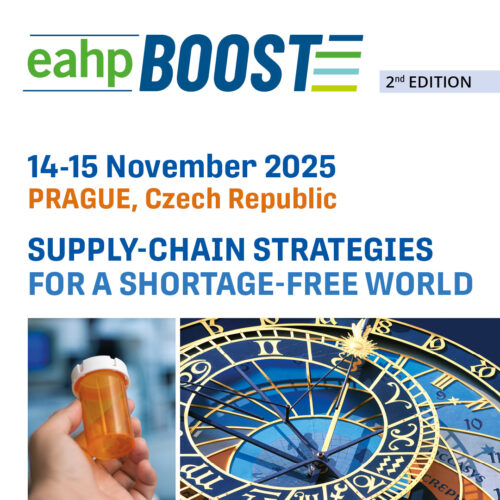Sustainable adherence in the sector transition for schizophrenia patients
Pdf

European Statement
Patient Safety and Quality Assurance
Author(s)
Lene Juhl Biltsted, Louise Stilling Rasmussen
Why was it done?
In Denmark, patients with schizophrenia receive free antipsychotic medication for the initial two years post-diagnosis. Post this period, patients transition to the primary sector and assume the medication costs. Historically, the clinic dispensed larger medication quantities, offering short-term relief but not addressing the issue. This approach risks medication waste. The new workflows empower healthcare professionals to help patients establish stable financial arrangements with local pharmacies, curbing fluctuating medication expenses. This enhances patient safety by reducing at-home medication stockpiles. Financial barriers often undermine patient compliance. Healthcare professionals strive to aid patients, curbing relapses and readmissions, through rational, sustainable medication management that minimises resource wastage.
What was done?
Training improved healthcare professional’s understanding of the Danish medication subsidy system and options for deferment in the primary sector.
The healthcare professionals’ new knowledge has provided the foundation for the development of optimised workflows in the treatment process, ensuring a more sustainable medication management during the transition to the primary sector. The project establishes the framework for reducing the risk of medication waste upon the patient’s completion of treatment at the clinic.
It also created a favourable setting for healthcare providers to collaborate with patients, enhancing adherence.
How was it done?
Healthcare professionals received training on deferment arrangements, subsidies, and compliance, with supervision from clinical pharmacists.
Patient cases were analysed to determine factors for future guidelines.
Guidelines were formulated to aid healthcare professionals during the patients’ transition to the primary sector.
A tool (calculator) was created for assessing the patients’ economic choices regarding medication expenses.
What has been achieved?
Healthcare professionals gained confidence in guiding patients on stable medication expenses.
Enhanced rational and sustainable medication use by incorporating the seven rights.
New guidelines now allow an appropriate quality assurance strategy to ensure sustainability and adherence.
Tool to assess medication costs which improves the patients adherence in the sector transition.
Lowered risk of over/under treatment and improper storage.
Diminished treatment failure risk by predicting patient medication expenses during the primary sector transition
What next?
In the next 6 months, the clinic will trial the established guidelines and routines with patients concluding their 2-year treatment.























